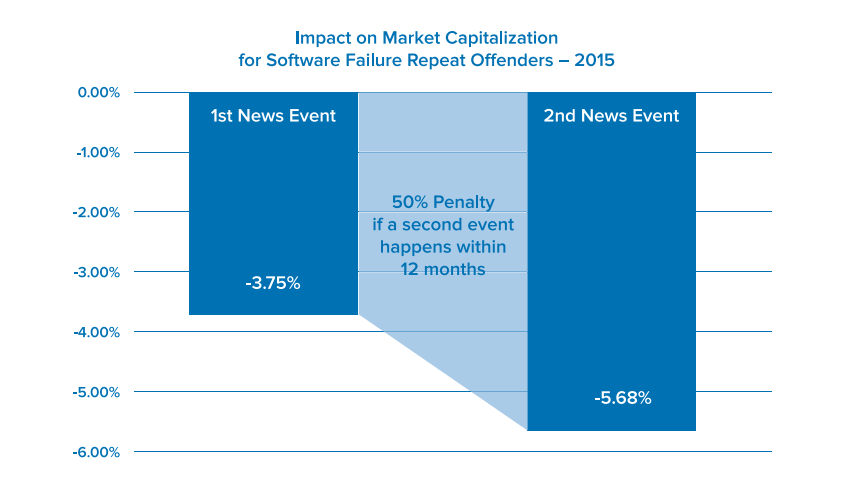Image credit: Freepik
Speaking of manual vs automation testing, which one do you prioritize on the GUI level? Most teams that I’ve seen want automation but start with manual testing in the early stages of product development. Later on, they add the automation of UI/UX happy paths with Selenium, Protractor, or other frameworks, gradually reducing the number of manual tests.








